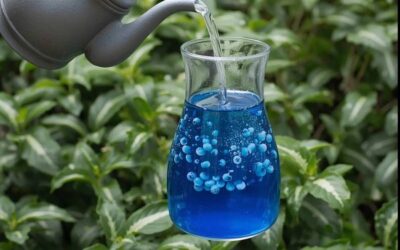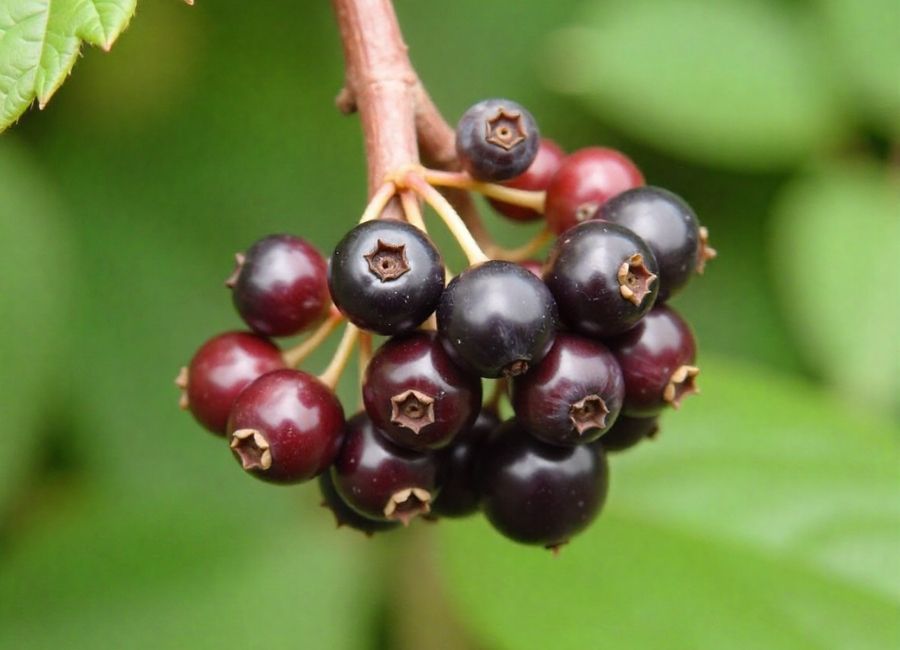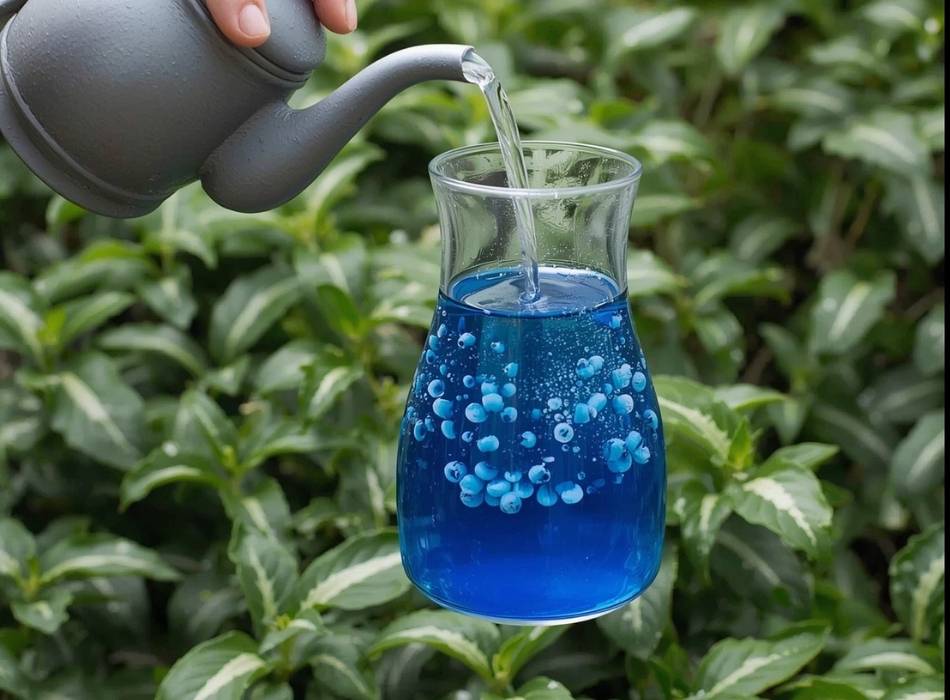Palo azul, known for its stunning blue color and potential health benefits, has captured the attention of tea enthusiasts worldwide. This traditional Mexican herbal tea, made from the bark of the Eysenhardtia polystachya tree, transforms from brown to brilliant blue when properly brewed. Whether you’re curious about its unique properties or ready to try something new, learning how to brew palo azul correctly will help you get the most from this remarkable beverage.
The magic of palo azul lies not just in its color-changing properties, but in its simplicity. Unlike complex tea ceremonies or expensive equipment, brewing palo azul requires only basic kitchen tools and a bit of patience. The reward is a caffeine-free drink that’s as visually striking as it is refreshing.
What Is Palo Azul?

Palo azul translates to “blue stick” in Spanish, referring to the blue-tinged bark of the Eysenhardtia polystachya tree. This tree grows naturally in the southwestern United States and northern Mexico, where indigenous communities have used it for centuries in traditional medicine.
The bark contains natural compounds called flavonoids, which are responsible for the tea’s distinctive color change. When light passes through the brewed tea, these compounds create a fluorescent blue effect that has made palo azul popular on social media and among health-conscious consumers.
Unlike many herbal teas that use leaves or flowers, palo azul is made exclusively from the tree’s bark. This gives it a mild, slightly woody flavor that many describe as neutral or subtly sweet.
Health Benefits and Traditional Uses

Traditional Mexican medicine has long valued palo azul for its potential wellness properties. While scientific research is still limited, the tea has been used historically to support kidney and urinary tract health. Some people drink it as a natural detox aid, though it’s important to note that these uses are based on traditional practices rather than clinical studies.
The flavonoids in palo azul act as antioxidants, which may help protect cells from oxidative stress. However, anyone considering palo azul for health purposes should consult with a healthcare provider, especially if they have existing medical conditions or take medications.
What You’ll Need to Brew Palo Azul
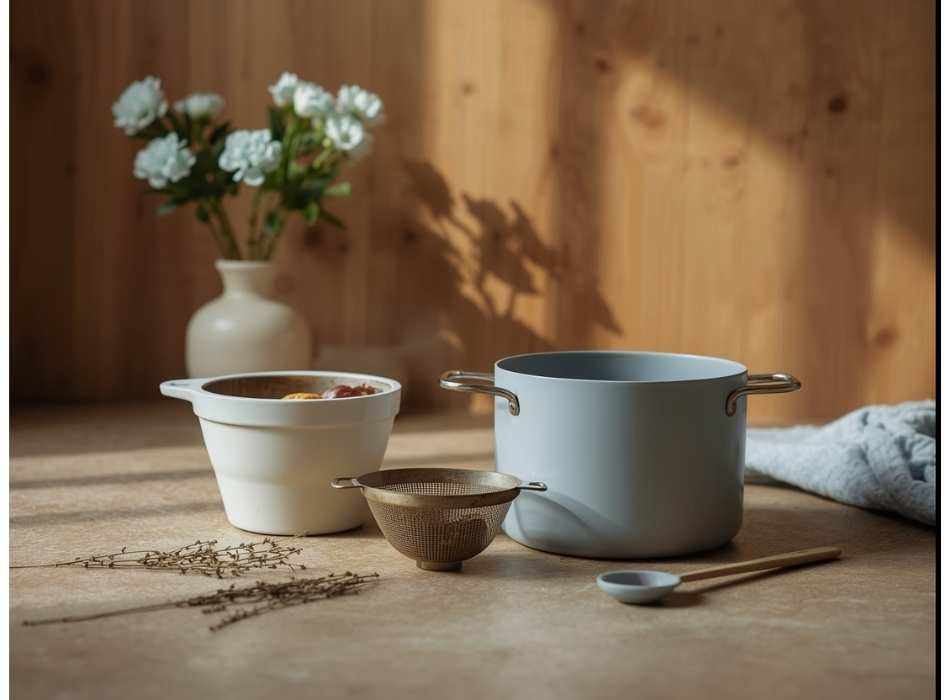
Brewing Palo Azul requires minimal equipment that most kitchens already have:
Essential Equipment:
- Large pot or saucepan (at least 2-3 quarts)
- Fine mesh strainer or cheesecloth
- A glass pitcher or jar for storing
- Measuring cups
Ingredients:
- 1 ounce of palo azul bark (approximately 1 cup of loose bark pieces)
- 1 gallon of filtered water
The quality of your water matters significantly. Hard water with high mineral content can affect both the taste and color development of your palo azul tea. Filtered or distilled water typically produces the best results.
Step-by-Step Brewing Instructions

Step 1: Prepare Your Ingredients
Measure out one ounce of palo azul bark. The bark usually comes in small, woody pieces that range from light brown to reddish-brown. If you have larger pieces, you can break them into smaller chunks to increase surface area and improve extraction.
Step 2: Boil the Water
Fill your large pot with one gallon of filtered water and bring it to a rolling boil over high heat. This initial high temperature is crucial for extracting the compounds that create the blue color.
Step 3: Add the Bark
Once the water reaches a full boil, add the palo azul bark to the pot. You should notice the water beginning to change color almost immediately, starting with a light amber or brown tint.
Step 4: Simmer and Extract
Reduce the heat to medium-low and let the mixture simmer for 45 minutes to 1 hour. During this time, the water will gradually deepen in color, moving from light brown to a rich amber. The longer you simmer, the stronger the final tea will be.
Keep the pot partially covered to prevent excessive evaporation while allowing some steam to escape. Stir occasionally to ensure even extraction.
Step 5: Strain the Tea
After simmering, remove the pot from the heat and let it cool for 10-15 minutes. Strain the liquid through a fine mesh strainer or cheesecloth to remove all bark pieces. Press the bark gently to extract any remaining liquid, but don’t squeeze too hard as this can make the tea bitter.
Step 6: Cool and Store
Transfer the strained tea to a glass pitcher or jar. The tea can be enjoyed hot immediately after straining, but many people prefer it cold. Refrigerate for at least 2 hours for a refreshing cold beverage.
The Blue Transformation
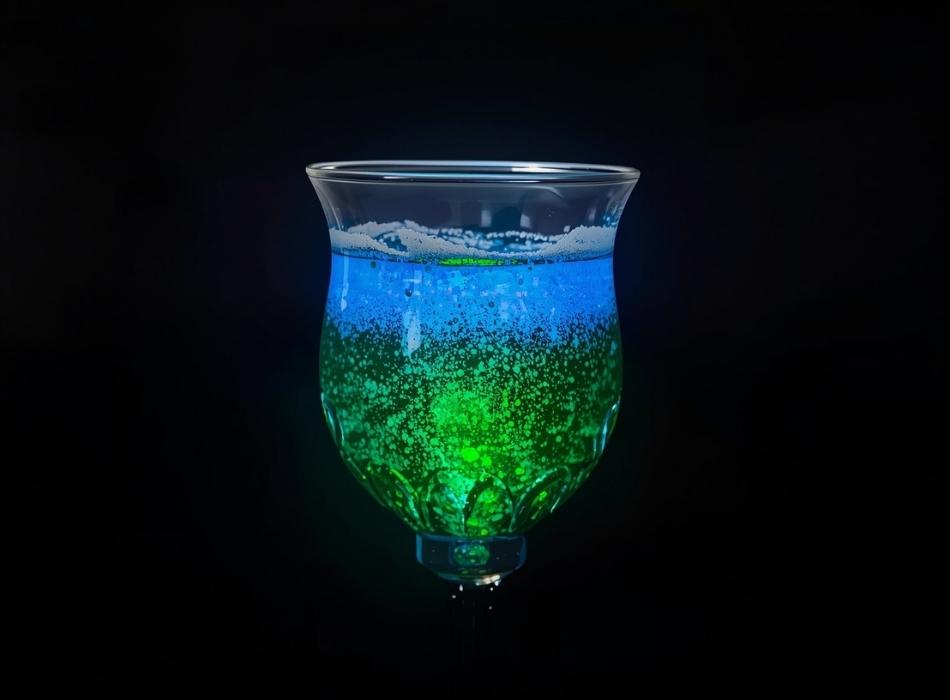
The most exciting moment comes when you expose your finished palo azul tea to bright light. Pour the tea into a clear glass and hold it up to sunlight or a bright LED light. The amber-colored liquid will suddenly appear brilliant blue due to the fluorescent properties of the flavonoids.
This color change is purely optical and doesn’t affect the taste. The tea remains the same amber color when not exposed to bright light, but the blue fluorescence is what gives palo azul its distinctive reputation.
Tips for Perfect Palo Azul Every Time

Use the Right Ratio: Stick to the traditional ratio of 1 ounce of bark per gallon of water. Using too little bark will result in weak tea that may not show the blue fluorescence clearly.
Don’t Rush the Process: The full simmering time is essential for proper extraction. Shorter brewing times will produce lighter tea with less pronounced effects.
Store Properly: Refrigerated palo azul tea stays fresh for up to one week. Store it in a glass container rather than plastic to maintain the best flavor.
Experiment with Temperature: While many prefer palo azul cold, it’s equally enjoyable hot. Try both to see which you like.
Serving Suggestions and Variations

Palo azul has a mild, pleasant flavor that pairs well with various additions:
- Add fresh lime juice for a citrusy twist
- Mix with honey or agave for natural sweetness
- Serve over ice with mint leaves for a refreshing summer drink
- Combine with other herbal teas for unique flavor profiles
Some people enjoy adding a splash of palo azul to cocktails or mocktails for the visual appeal and subtle flavor enhancement.
Troubleshooting Common Issues

Tea isn’t turning blue: This usually indicates insufficient extraction time or poor-quality bark. Try simmering longer or using a higher bark-to-water ratio.
Bitter taste: Over-extraction can create bitterness. Reduce simmering time slightly or avoid pressing the bark too hard when straining.
Weak color: Ensure you’re using enough bark and that your water is hot enough during the initial boiling phase.
Where to Source Quality Palo Azul
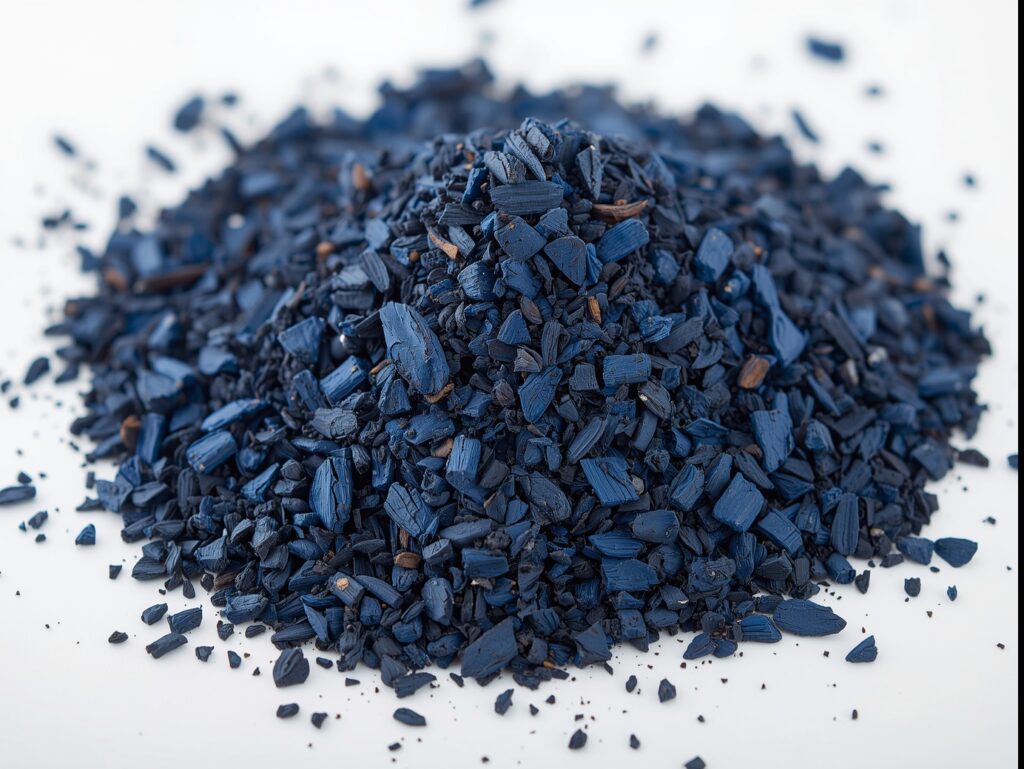
Quality matters significantly when purchasing palo azul bark. Look for suppliers who specialize in traditional Mexican herbs and can verify the authenticity of their products. The bark should appear fresh, with minimal dust or broken pieces.
Many online retailers offer Palo Azul, but prices and quality can vary widely. Read reviews and choose suppliers with good reputations for herbal products.
Start Your Palo Azul Journey Today
Brewing Palo Azul offers a unique way to connect with traditional Mexican culture while enjoying a visually stunning and potentially beneficial herbal tea. The simple brewing process makes it accessible to anyone, regardless of their tea-making experience.
Start with small batches to perfect your technique, then experiment with different serving styles and flavor additions. Remember that consistency comes with practice, so don’t be discouraged if your first attempt doesn’t produce the vibrant blue color you’re expecting.
Ready to try this remarkable tea for yourself? Source quality palo azul bark from a reputable supplier and follow these brewing instructions for your first batch. The striking blue transformation and mild, refreshing taste make palo azul a worthy addition to any herbal tea collection.










